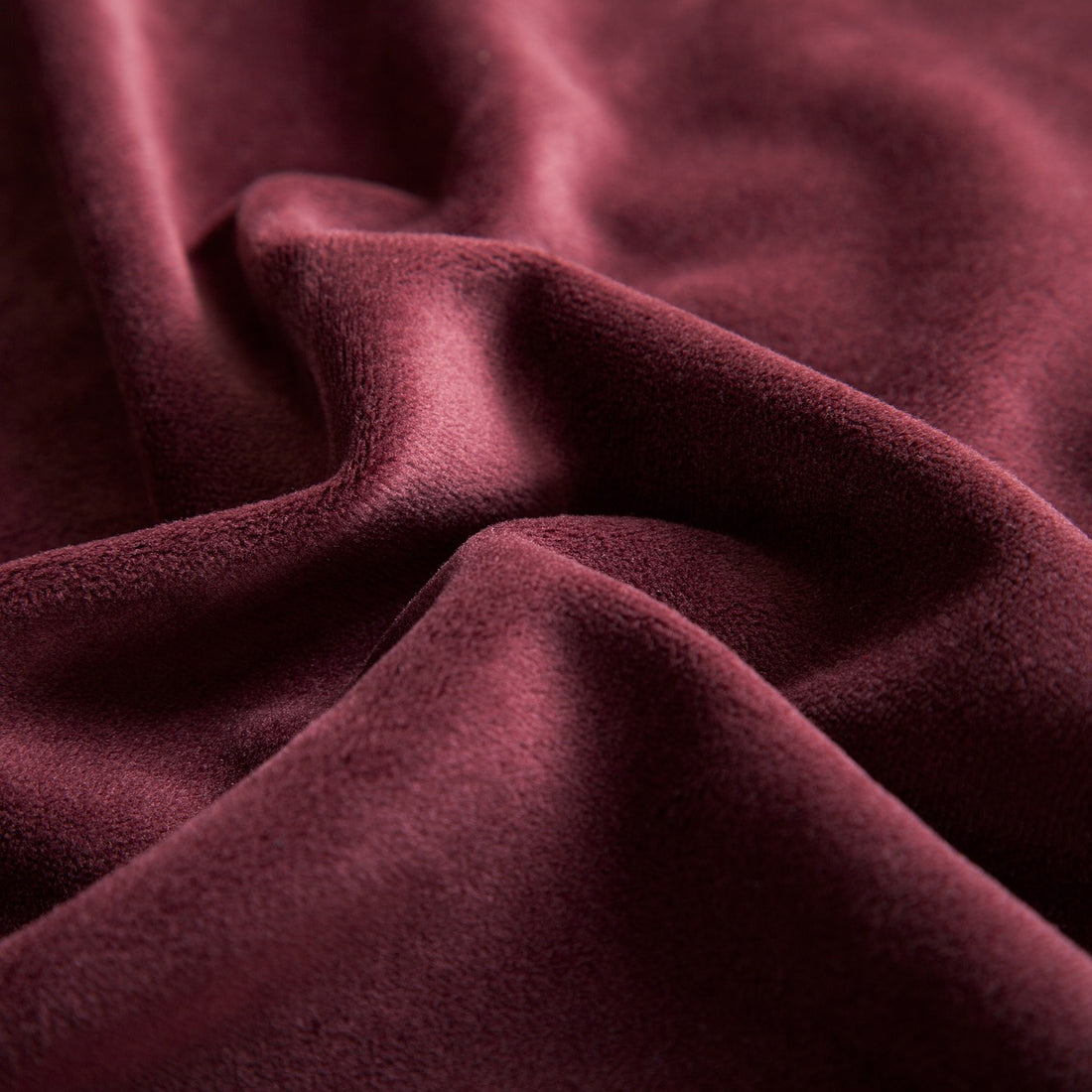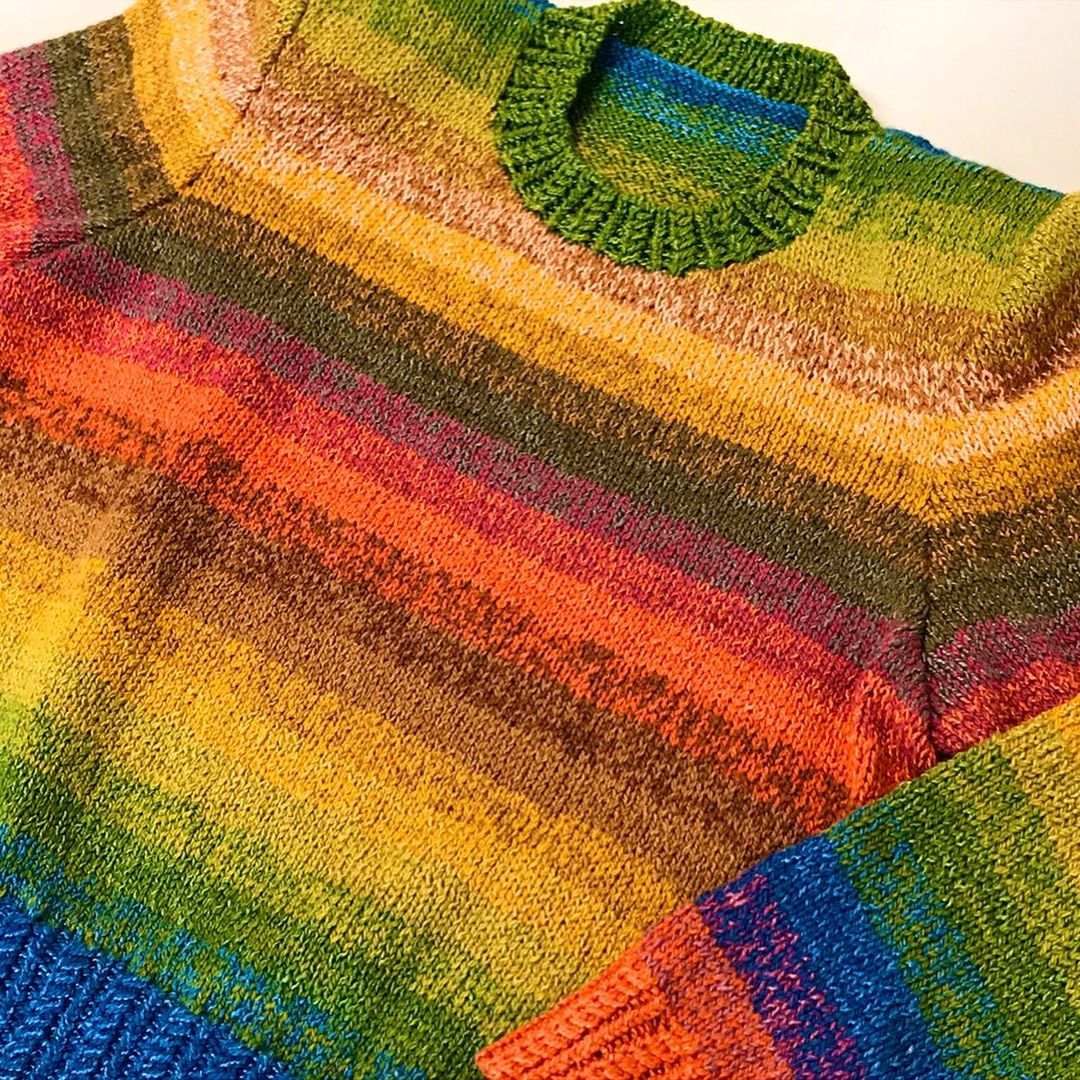The story of Cochineal
Since ancient times, pigments produced by insects have been used as dyes. Lac-dye from Southeast Asia and cochineal from Mexico are two different species of Coccoidea. Cochineal is called "Enji-Mushi" (臙脂虫) in Japan.
In Oaxaca, Mexico, farmers raise Coccoidea in a method that has been handed down for more than a thousand years.
The bug is a small black insect that parasitizes cacti, has six very short legs, and is about 3mm long.
From this microscopic insect is extracted the bright red dye cochineal.
In Mexico, the famous Aztec kingdom flourished. They were quite advanced in astronomy, calendar arithmetic, civil engineering, and construction, and had pictographs. However, the Aztecs did not have iron tools or cars, so to speak, so they were both very advanced and very Neolithic in nature.
In 1519, when the Spaniard Don Fernando Cortés arrived in Mexico, he was fascinated by the Aztec clothing and the way the women's hands and faces were dyed and made up with bright red pigment.
The Aztecs grew cochineal in abundance and traded it more expensively than gold at the time. In 1521, Cortés conquered the Aztec kingdom in a terrible war. After the conquest, Cortés sent this red pigment, a rich symbol of the New World, to Spain. The dye was an immediate success in Europe.
In 1600, cochineal occupied the third position in the ranks of Mexican imports, after silver and gold. Around 1630, a Dutchman mistakenly poured acid into a cochineal liquid, causing the metal vessel to dissolve. When he dyed with the solution, he found that the colors were brighter and more robust than ever before. The discovery of Tin mordant. This new scarlet color with Tin mordant was so successful that it was used to dye the clothes of the nobility.
The scarcity of cochineal made the color scarlet a symbol of power and wealth. In 1645, it was adopted as the uniform of the English army, and since then red military uniforms have been a symbol of English power.
The Spaniards, by the way, had long kept the origin of cochineal a carefully guarded secret, and Europeans believed that the dye came from the fruit of the plant.
To maintain its monopoly on the product, Spain forbade visits to cochineal farms. However, French and Dutch adventurers managed to steal cochineal production methods. Breeding of cochineal began in northern Africa and throughout the Mediterranean. In 1875, the Canary Islands produced more than 2,720 tons of cochineal a year.
The story of Lac-dye
The red color of ancient Indian artifacts is said to have been dyed with fresh lac (before drying), a secretion of the Lac Coccoidea, called "Shi-Kou" in Japan.
The natural dyes most widely used by farmers in northeastern Thailand are indigo blue and lac dye. Lac dye is especially popular among rural Thai farmers and is widely used for dyeing fabrics and coloring furniture.
In India, lac was used as a medicine for blood. Patients drank fresh stick lac (fresh lac), which was inhabited by the worm, boiled with milk. It was also prized as a beauty product for women and used to dye the palms and soles of the feet red. Silk was discovered in China over 4,000 years ago, and it is believed that lac was used to dye silk. It was also used to color cloth, leather, lipstick, and cheek rouge.
In Europe, lac was used as early as 3700 B.C. The ancient Greeks used lac to color pottery, and the Assyrians and Gauls also dyed cloth with lac.
Thailand is the second largest producer after India, and the quality is excellent. In the past, lac was an important export of Thailand. Around 1950, the government pushed for increased production as an export product along with rice and rubber, and the Forest Department provided information and education on lac insect cultivation to farmers. In 1953, a five-year plan to increase lac production was implemented. (Chiang Mai in northern Thailand is also a key production area.
Why Aikuma sells the Cochineal and Lac-dye?
Why is Aikuma selling these two dyes that are not native to Japan?
It is because these two dyes have actually been used in Japan for over 400 years. Therefore, we would like to introduce a little about the relationship between the history of Japan and these two dyes.
During the Edo era, both lac dye and cochineal were imported and used through Nagasaki, a western Japanese seaport.
Usage at that time was as follows. Lac-dye and cochineal dye were soaked in cotton cloth and dried at the moment of export. And after arriving in Japan then soaked in hot water and squeezed out the juice. Since the cloth was not treated with a mordant dye, the dye dissolved when soaked in hot water.
In 1711, a Chinese ship went to Manila to purchase cochineal cloth imported from Mexico and unloaded it in Nagasaki. In the same year, 1,200 pieces of lac dye were unloaded by Thai ships and 2,500 pieces by Chinese ships, for a total of 2,700 pieces imported.
We offer the highest quality cochineal and lac-dye,
We offer the best quality cochineal and lac dye at affordable prices. Our products have been tested many times for dyeing, and dyeing professionals around the world use Ikema's Cochineal and Lac Dye. We invite you to give them a try.



